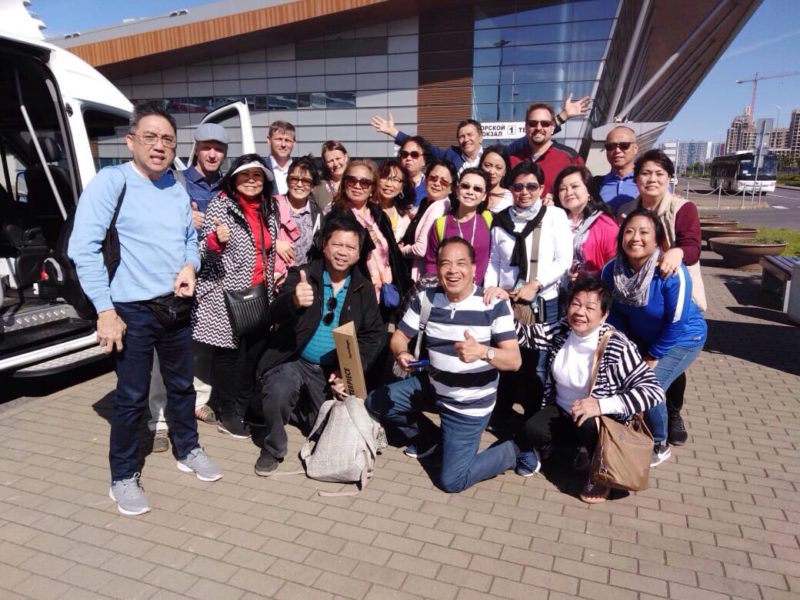Shvedskaya Lutheran Church in St. Petersburg
One of the gems of the architectural heritage of the northern capital is the old Shvedskaya church, located on the Malaya Konyushennaya, on the corner of the Shvedskiy Pereulok.
The Evangelical Lutheran parish on the territory of present-day St. Petersburg has been known since the 1630s, when the Swedish city of Nien (the fortress "Nyenskans") existed on the banks of the Neva. When, as a result of the Northern War (1700 - 1721), the Russian Empire gained access to the Baltic Sea, St. Petersburg, founded in 1703, became the capital of Russia, part of the Swedish inhabitants of the former Nyen were resettled to St. Petersburg, and the parish gathered in a private house .
In 1734, a parish on ulitsa Bolshaya Konyushennaya, where a wooden church was built, was presented to the parish by Empress Anna Ivanovna. The temple was consecrated in the name of St. Anne, the grandmother of Jesus Christ (the God-Mother). In 1745 the Swedish-Finnish community split, and in 1767 the church of St. Anne passed over to the Finnish community. And the Swedish community organized a prayer house nearby, on ulitsa Malaya Morskaya .
The famous Shvedskaya church named after St. Catherine began to be built on Malaya Konyushennaya in 1863, the author of the project was the Swedish architect Karl Anderson. Funds for the construction were collected by parishioners, but the main financial contribution was made by Emperor Alexander II and the Swedish Count Armfelt. Interior design works, at the request of Armfelt, were done by architects from St. Petersburg. In 1865 the church was already consecrated, services began to be conducted in it. Also, when the Shvedskaya church was opened two orphanages - one for boys, the second for girls. There was a place in the spacious room for the poorhouse, the parish school.
In the middle of the last century, the Shvedskaya Lutheran Church in St. Petersburg, like many other temple ritual structures, was closed. She resumed her work only in the early 90s.
The church was built in the Byzantine style, which emphasizes all the details of the exterior and interior. The decor is simple and elegant, no frills. This interior has to clean and spiritual thoughts, detachment from earthly problems. Recently, the temple was restored, its new decoration was the painting "Mid-Summer Festival", the authorship of which belongs to modern artists Daglat and Tatarnikov. Despite all the monumentality, the building looks elegant, light thanks to the light color of the facades, rows of narrow arched windows.
Famous parishioners of the temple were: an outstanding jeweler Carl Faberge, members of the Nobel family, future President of Finland Karl Mannerheim (he was married in this temple). The Church of St. Catherine was a must-see for the august especially. It was visited by the Swedish kings Gustav III, Gustav IV Adolf, Oscar II, Gustav V and Prince Wilhelm. .
In 1934 the church was abolished by the Soviet authorities. The building was misused. Returned to believers in 2005.
Now the complex is in the office of the Swedish community of St. Petersburg. Not only services are held here, but also festivals of choral art, concerts of brass music, and other cultural events.
Read more
- How to travel in Saint Petersburg without living your home
- Four of the ten best restaurants in the country are in St. Petersburg
- The first Holocaust museum in St. Petersburg
- A scientist from St. Petersburg created the biochronicle of Peter the Great.
- 10 interesting facts about Saint-Petersburg streets

Moderate 2 Day
Shore Excursion
St. Petersburg, Russia
from 241$